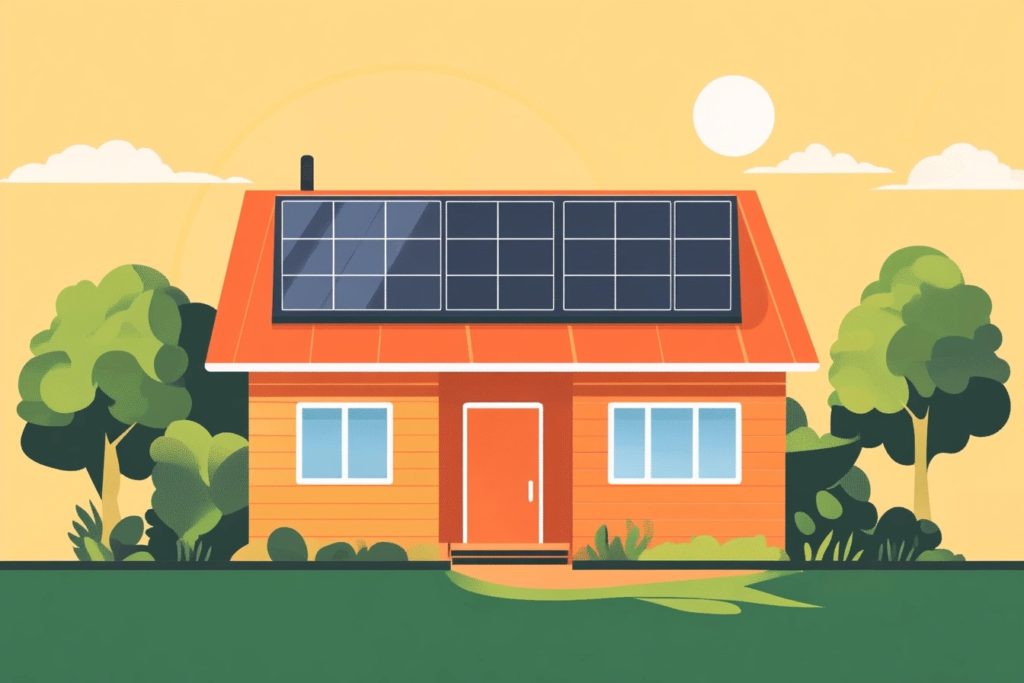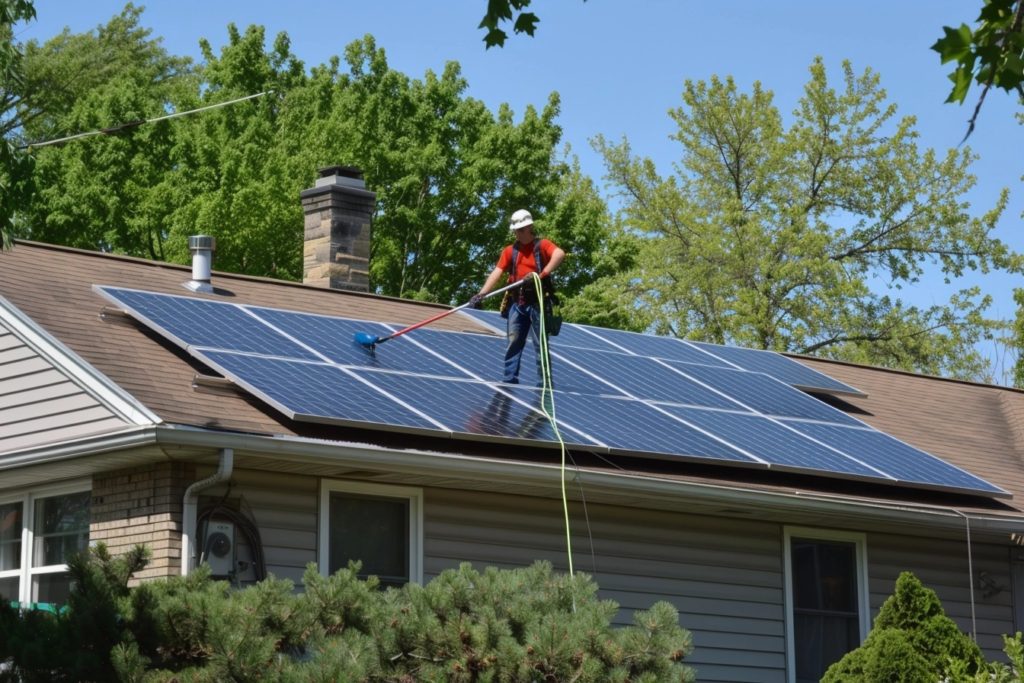
The decision to install a rooftop solar power system for your home is one that will save you money while helping protect our environment by reducing our reliance on fossil fuels. What’s not to like about that? One of the frequently asked questions about installing a residential solar array is, “How much does it cost to install solar panels?”
It’s important to know how much you should expect to spend on your solar panel installation, as well as the other variables that affect energy costs. Relatively speaking, your utility company’s energy prices, your home’s sunlight exposure, the cost of the panels themselves, any relevant solar incentives, and even government trade policies can affect how much it will cost to install solar panels on a house.
Let’s walk through the many factors that determine the cost of solar for your home and discuss how much you should expect your solar panel installation cost to be.
How Much Do Solar Panels Cost to Install?
The true cost of residential solar energy goes beyond the solar panel installation cost itself. There are many financial benefits and hurdles that can make or break the feasibility of solar energy for your home. You should start by determining the relative cost of going solar by considering the following aspects.
Analyze Your Electric Bill
Electricity costs vary depending on where you’re located. According to the U.S. Energy Information Administration (EIA), energy costs by state vary widely. The U.S. average is 10.59 cents per kilowatt-hour, but this rate may be much higher or lower based on your specific location.
For instance, energy in Louisiana costs an average of just 7.51 cents/kWh, but you’ll pay 27.55 cents/kWh on average in Hawaii. The higher your current electricity rate, the more your solar panel installation cost will make sense.
Consider How Much Sunlight Your Home Receives
Peak sun hours are another aspect in which your location determines the average cost to install solar panels. In some regions of the United States — like the corner of the Southwest where the borders of California, Nevada, and Arizona meet — a home can average six or more hours of peak direct sunlight per day.
Meanwhile, if you live in a coastal region of the Pacific Northwest, you might not even average four hours per day. Of course, the more sunlight your panels receive per day, the more energy they produce, and the lower your net solar panel installation cost becomes.
Choose Your Solar Panels
The average cost to install solar panels varies significantly based on how much energy you need to generate. Because different types of solar panels generate varying levels of energy, the brand and model of panels you choose have a significant effect on your overall solar panel installation cost.
In addition, the size of the solar array you install will also impact your costs. Find out how much energy you need to power your home and determine how many solar panels you should buy to fulfill that need. For the most part, the average cost to install solar panels for a home varies based on many factors. Keep in mind that how you buy the panels — up-front cash payment, solar loan, solar lease, etc. — will influence costs as well.
Take Advantage of Solar Incentives
The federal government offers a solar tax credit that can save you a significant amount on your solar panel installation cost. Through 2022, the Federal Residential Solar Energy Credit allows you to claim 26% of your solar installation costs, while systems installed in 2023 will be eligible for a 22% credit.
Update: In August 2022, the solar tax credit was increased to 30% and extended through 2032.
Meanwhile, different states and even some localities have their own solar incentives that can include tax credits, net metering agreements that let you sell energy back to the utility company, property tax exemptions, and more. Make sure you understand all of the incentives available in your area and how they will affect your solar panel installation cost.
Monitor Government Policies
Due to tariffs put in place in 2018, the cost of solar panels imported from other countries has risen considerably. In fact, this tariff increased solar costs by 16 cents per watt, costing solar homeowners nearly $1,000 each in total. Thankfully, the tariff expires in February 2022, so this issue won’t be a problem for much longer. Still, keep an eye on the government to make sure it doesn’t enact any new policies that negatively affect the average cost to install solar panels.
Solar Panel Installation Costs
How much does it cost to install solar panels themselves? This depends on your area, the complexity and size of your solar array, and which installer you choose. However, a good rule of thumb is that you should expect a solar installer to charge roughly one dollar per watt to install your system. Some installers go as low as 75 cents, while others have rates as high as $1.25. Of course, these rates should only be used as a rough guide — your actual solar panel installation cost can vary considerably.
In Conclusion
There are a couple of ways to reduce the overall cost to install solar panels on a house. First off, as we mentioned earlier, there are several different methods of financing a solar installation. If you find a good deal with a low down payment and a reasonable APR, for instance, you can drastically decrease your solar panel installation cost.
Additionally, choosing a trustworthy solar installer will reduce future costs related to incorrect installation methods, and most reputable installers will also provide a warranty on their services. If you still have questions about how much solar panels cost to install, get in touch with LGCY Power today and we’ll be happy to answer any questions you might have.




